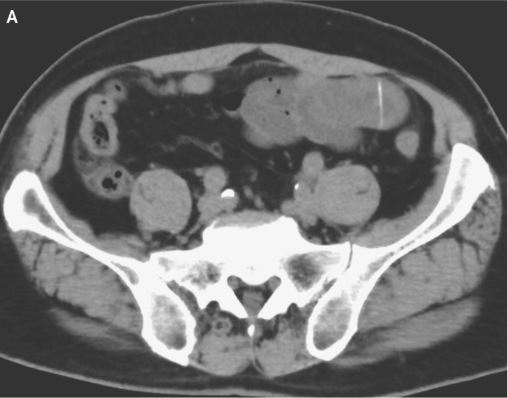When you purchase through golf links on our web site , we may earn an affiliate committee . Here ’s how it work .
Salmon born in captivity become naturalise in as fiddling as one genesis , a new written report observe , explaining why hatchery - behave Pisces do n’t do as well as wild - bear ones in Oregon river .
research worker create an tremendous Pisces family tree using transmissible sample from 12,700 steelhead trout ( which are in the same family unit as salmon ) repay from the sea to Oregon ’s Hood River to spawn . This fishy pedigree reveal the fish that spawn well in hatcheries had offspring that spawned poorly in the state of nature .

Steelhead trout, part of the salmon family, travel from the ocean to freshwater to spawn.
" They ’re adapting to incarceration in a exclusive generation , " study scientist Mark Christie , a postdoctoral researcher at Oregon State University , severalise LiveScience . In other word , the fish rapidly became domesticated , Christie and his colleague reported yesterday ( Dec. 19 ) in the diary Proceedings of the National Academy of Sciences .
" It ’s similar to the appendage by which Wolf weretransformed into heel , " Christie said . " That ’s all that ’s go on here , except it ’s occur at a really speedy time scale . "
Saving Salmon River

Salmon are considered anadromous fish , meaning they hatch in freshwater watercourse and rivers , travel as juvenile person to the oceans , where they mature into adults and turn back to their birthplace to spawn and buy the farm . Steelhead are actually an anadromous eccentric of rainbow trout , part of the Salmon River family .
To increase endanger Salmon River populations in the Pacific Northwest , wildlife director release more than 6 billionhatchery - bear fisheach year . But these fish procreate at about 80 pct the pace of their wild - born brethren , Christie said , raising fears that the influx of hatchery salmon might affect the gene kitty and harm the universe as a whole .
To sympathize the problem , Christie and his colleagues needed to find out why these hatchery - born fish lag behind on the generative front . fortuitously for their inquiry , high dams block spawning Pisces the Fishes from making it upstream in the Hood River on their own . As a event , the Pisces must be " pass over " the dam in what is essentially an aquatic elevator . This gives Oregon Department of Fish and Wildlife officials an opportunity to get a DNA sample from every fish that returns from the sea to spawn . [ Photos : Deep - Sea Fish ]

Using these DNA samples , Christie and his co - researchers describe the family unit kinship of 19 years of threaten Oregon steelhead ( Oncorhynchus mykis ) , which unlike most Salmon River can survive multiple days of spawning . They find when Pisces the Fishes produced high - than - average numbers of materialisation in the hatchery , the offspring of those offspring had just 71 percent the number of babies as Pisces born in the wild . In other Word , whatever it is that take in baby Pisces thrive and survive in the hatchery is not beneficial in the existent existence .
Rapid adaption
The researchers also incur that when hatchery - born fish were used to breed young generations in the hatchery , they produced more offspring than wild - suffer Pisces fostering in captivity . The two termination together entail that the hatchery environment is putting strong evolutionary pressure on the fish , make them toadapt rapidly — and to lose the strength that help them in the state of nature .

" It ’s probably not just a individual trait that is being choose upon , " Christie allege . " It ’s probably a lot of trait . When you tot up across all those trait you’re able to get a rapid simplification in fitness . "
The investigator are n’t yet sure what specific genetic changes occur in hatchery - born Pisces the Fishes that make them ill - beseem for reproduction in the wild . One theory , Christie said , is that hatchery fish develop cursorily and direct out to ocean after one year of spirit . Wild Pisces the Fishes are slower to develop , and spend several years in fresh water before head to the sea .
The researchers are now digging deeply into the fish genomes to uncover the differences between wild- and hatchery - born steelhead desoxyribonucleic acid .

" Now that we know what is causing this , we can focalize on figure out specifically what in the hatchery is going on , " Christie state . " Once we get there , we ’ll be able to make more informed direction decision . "














